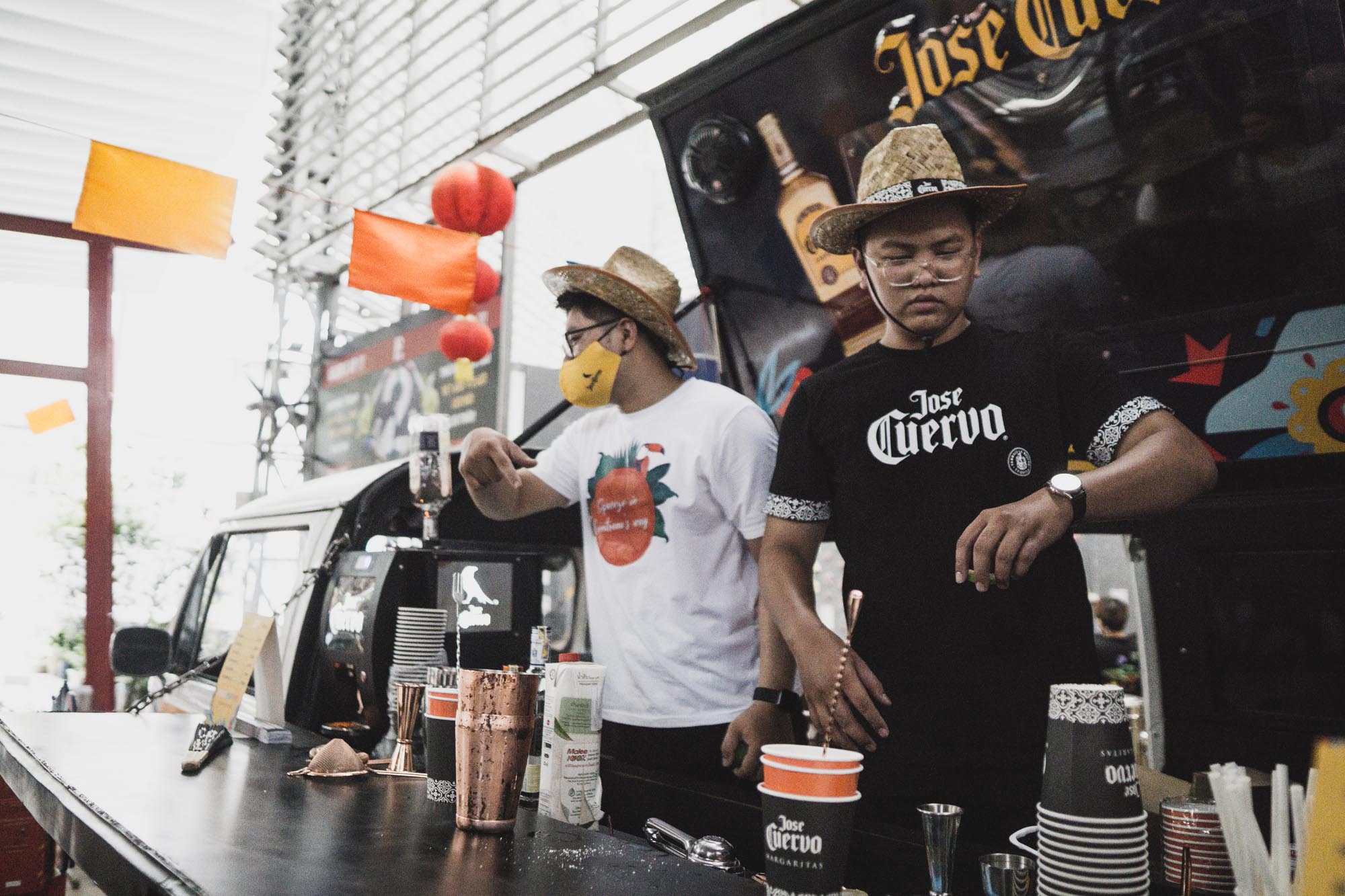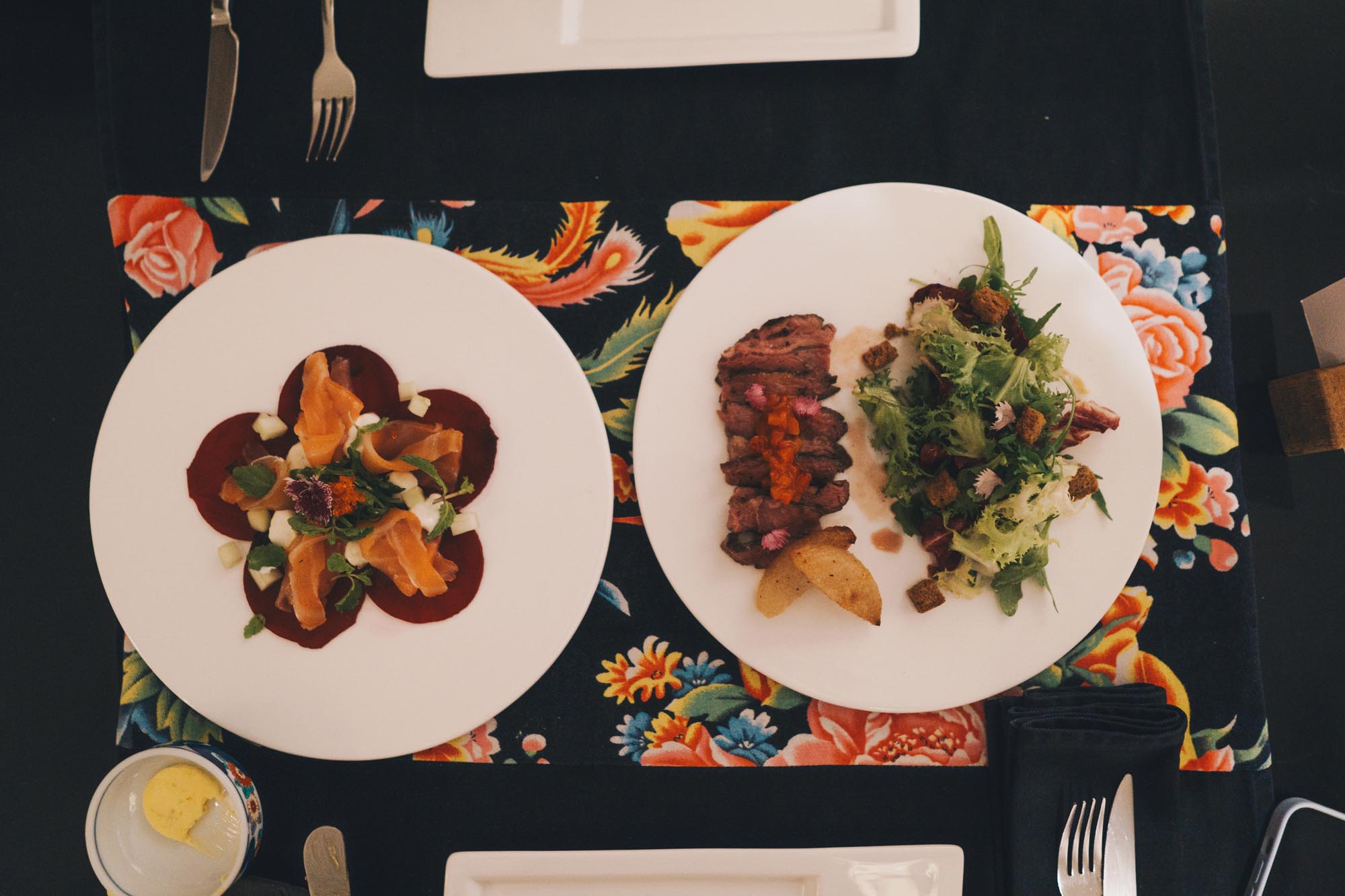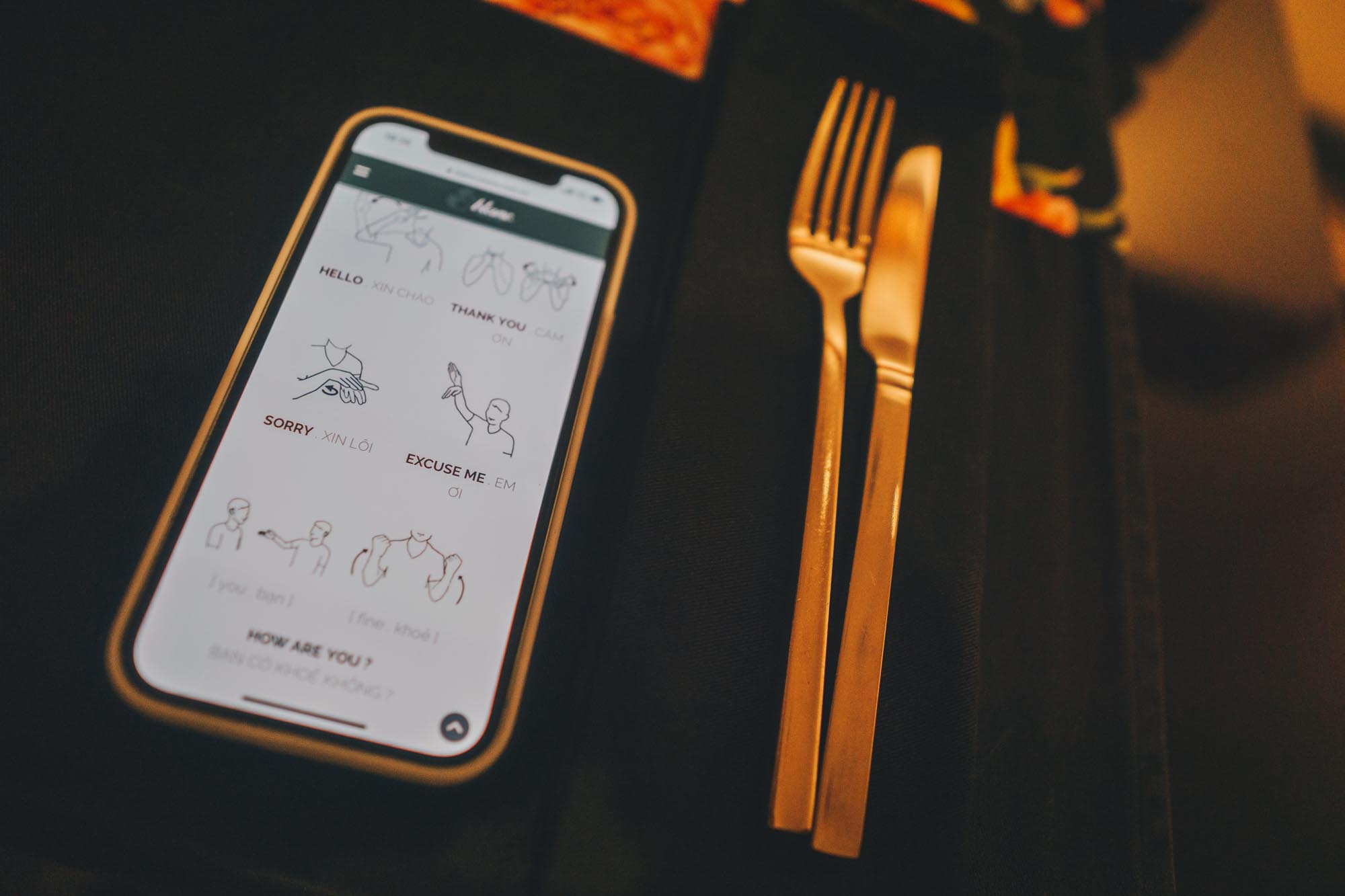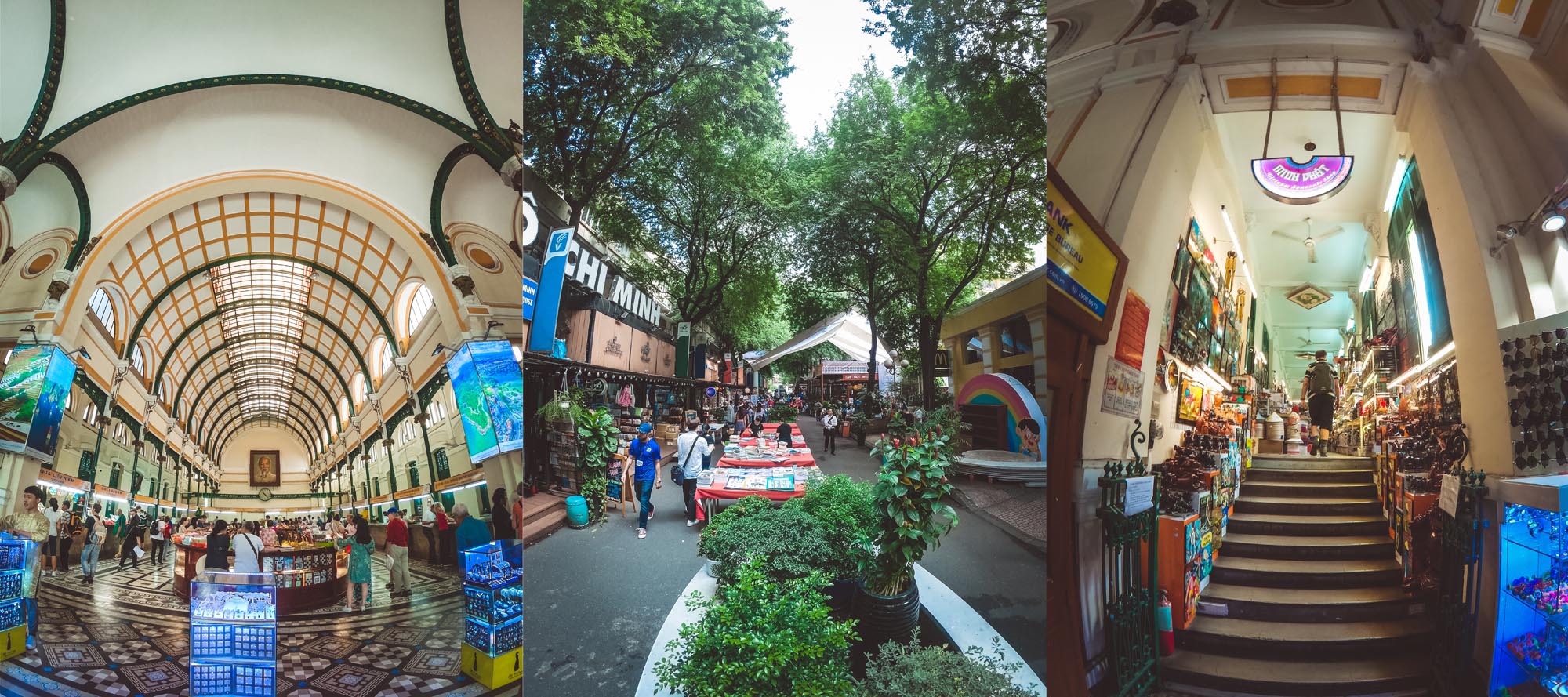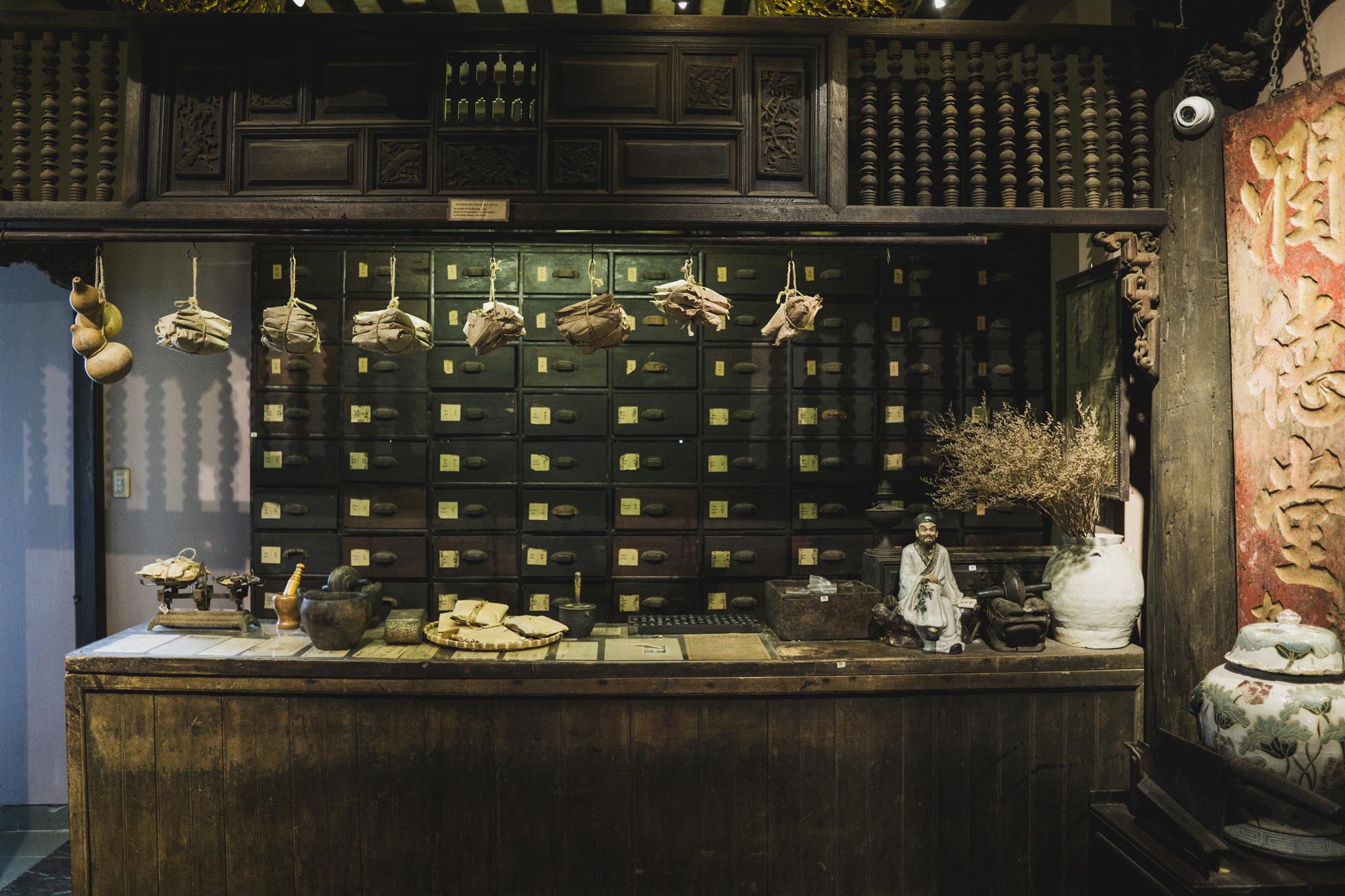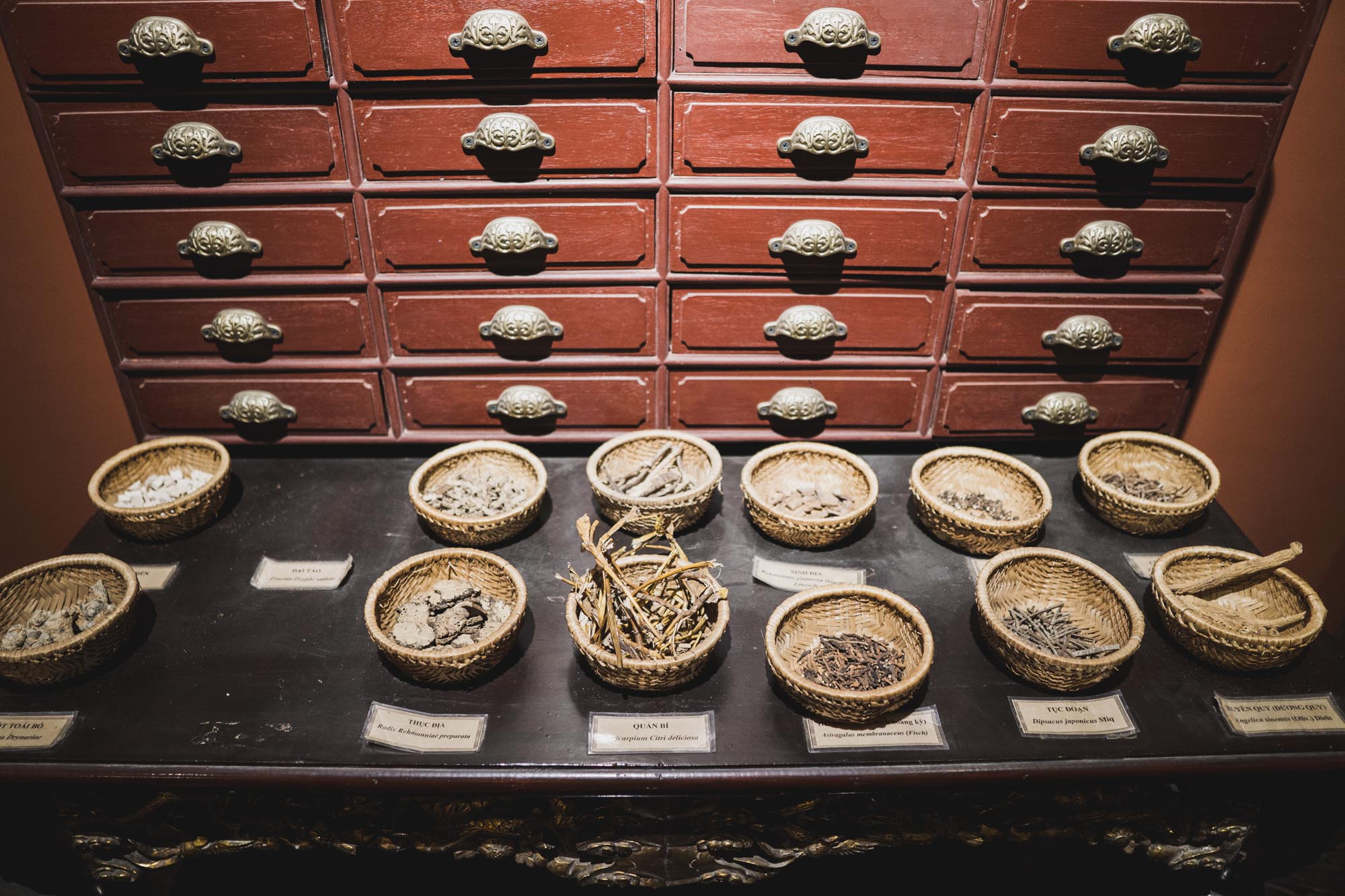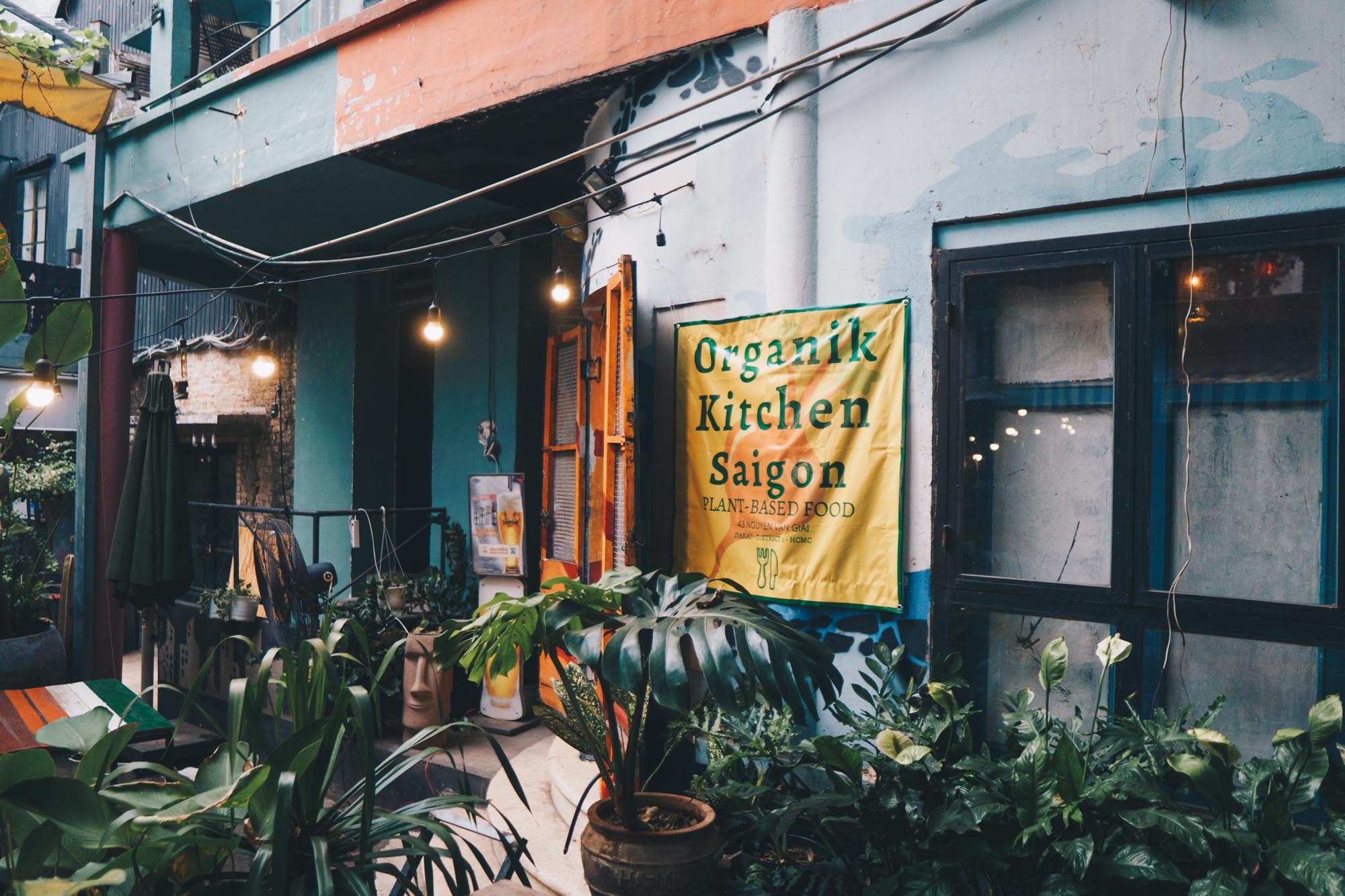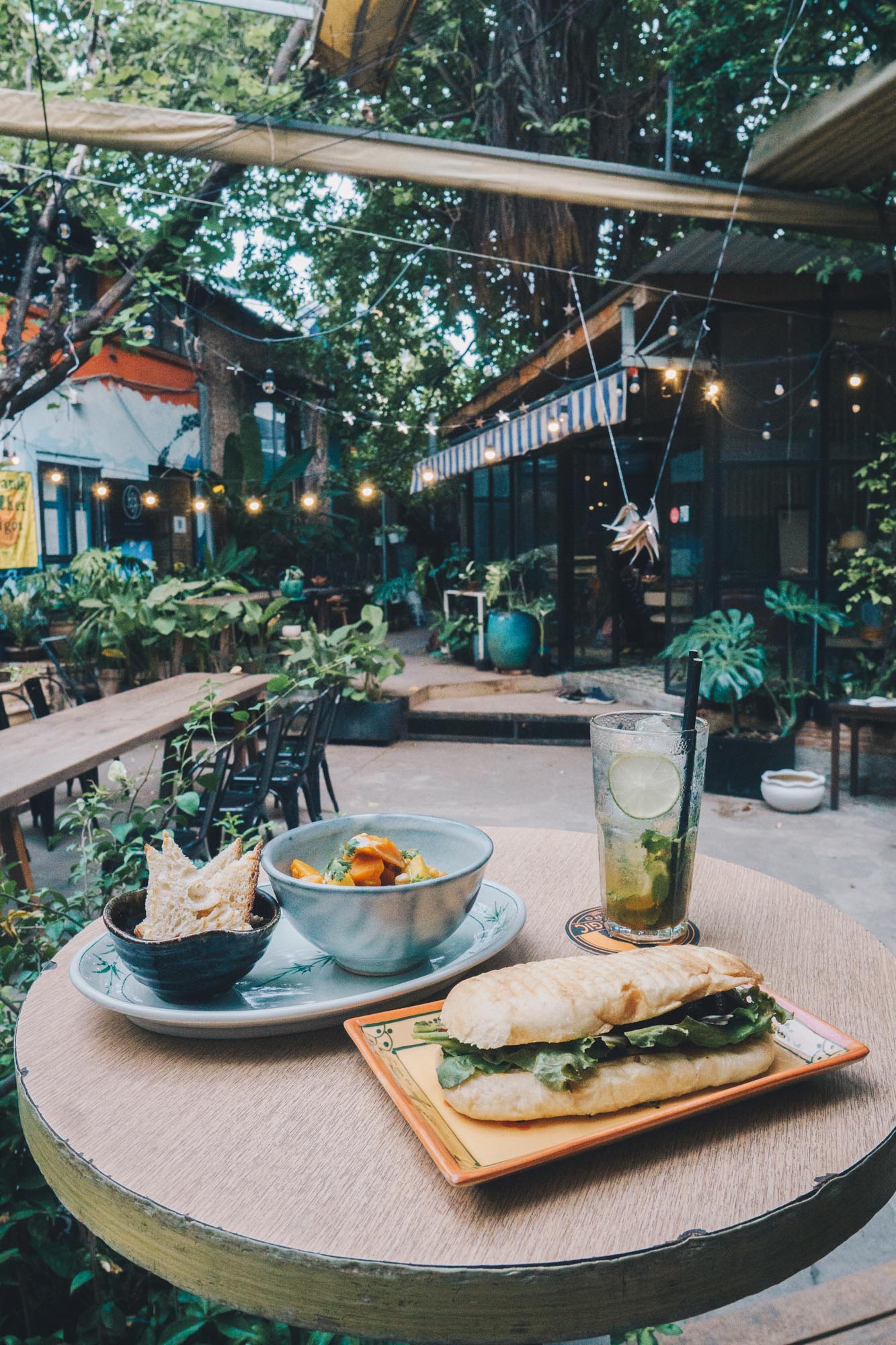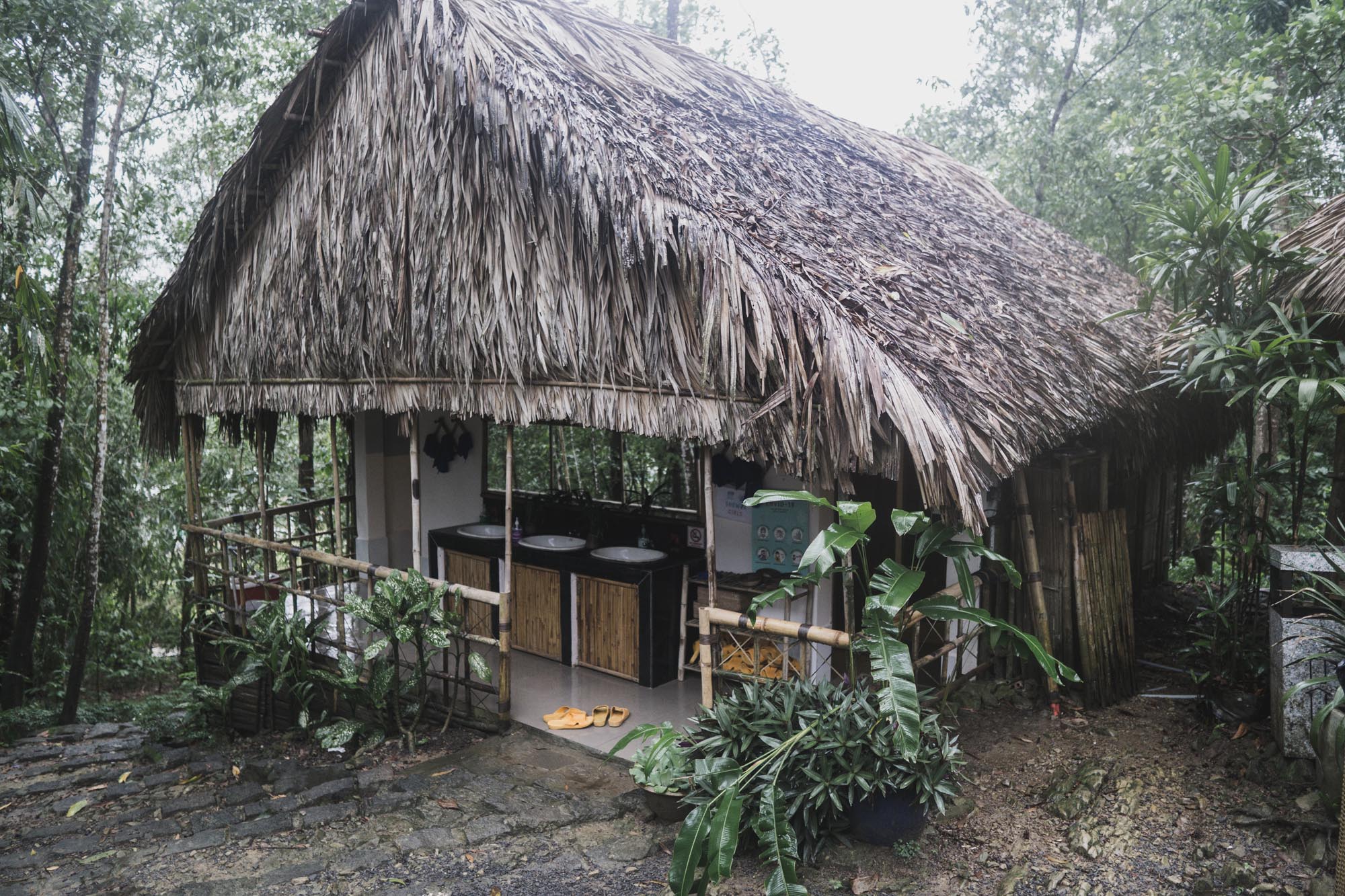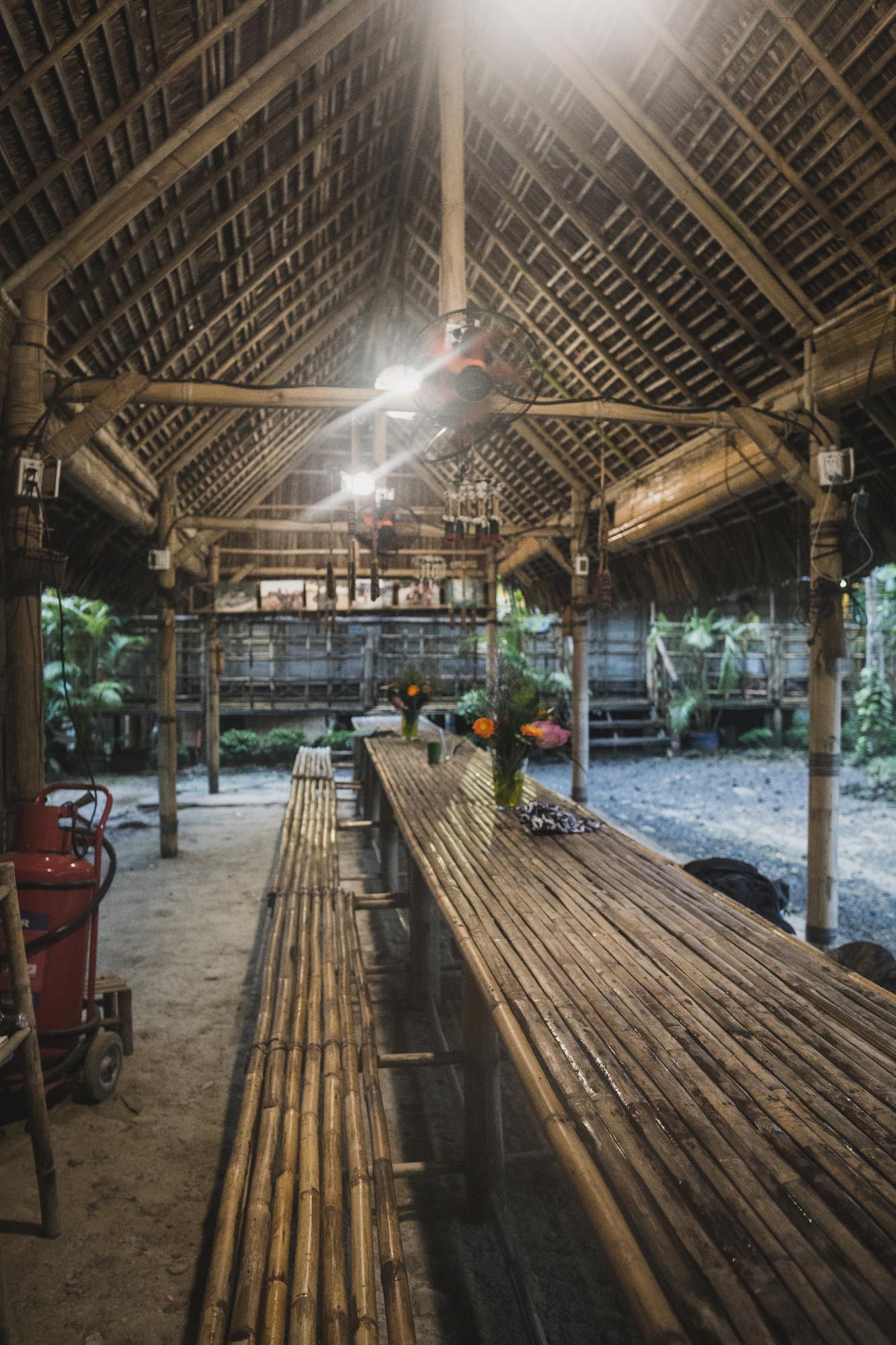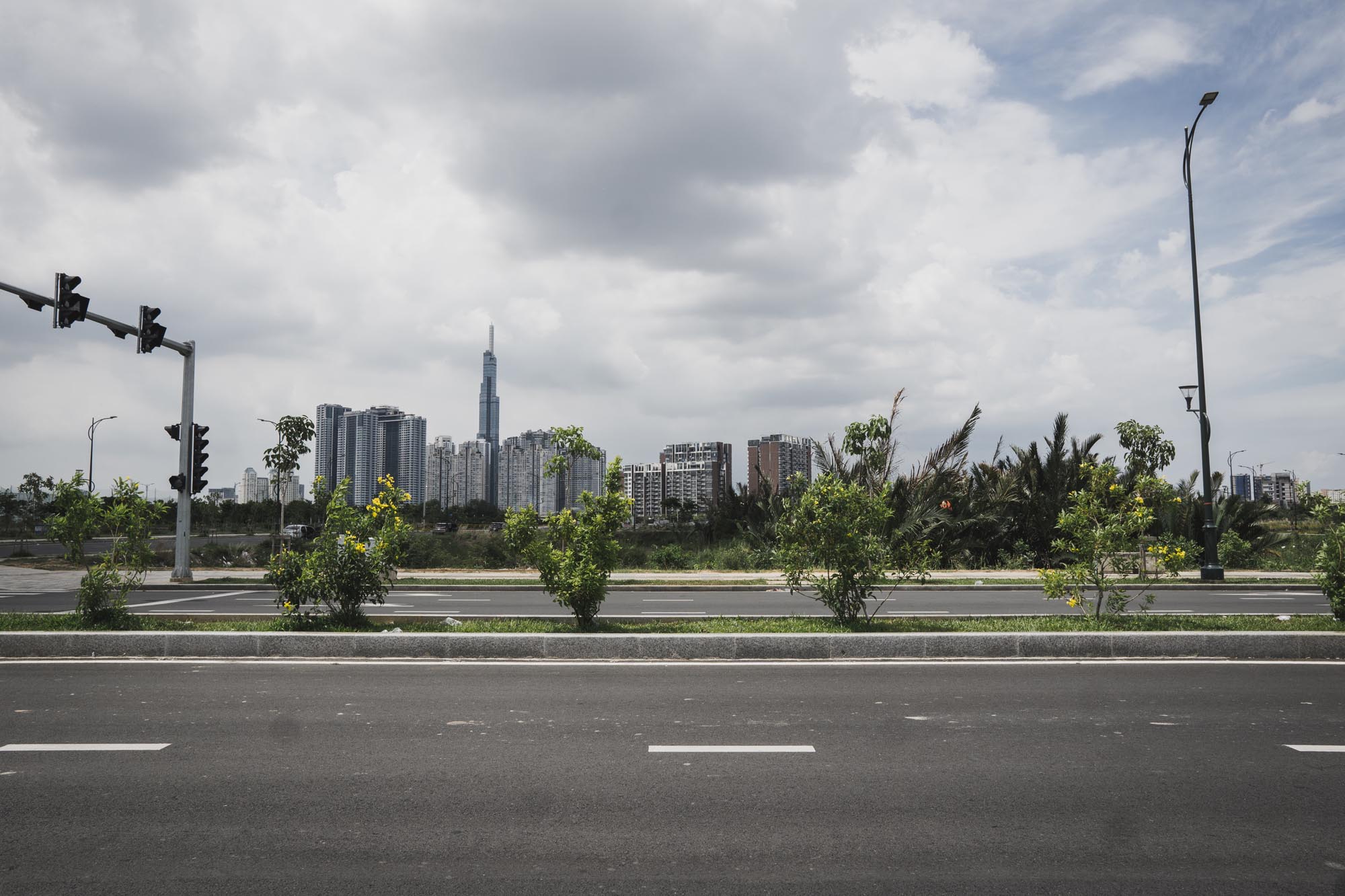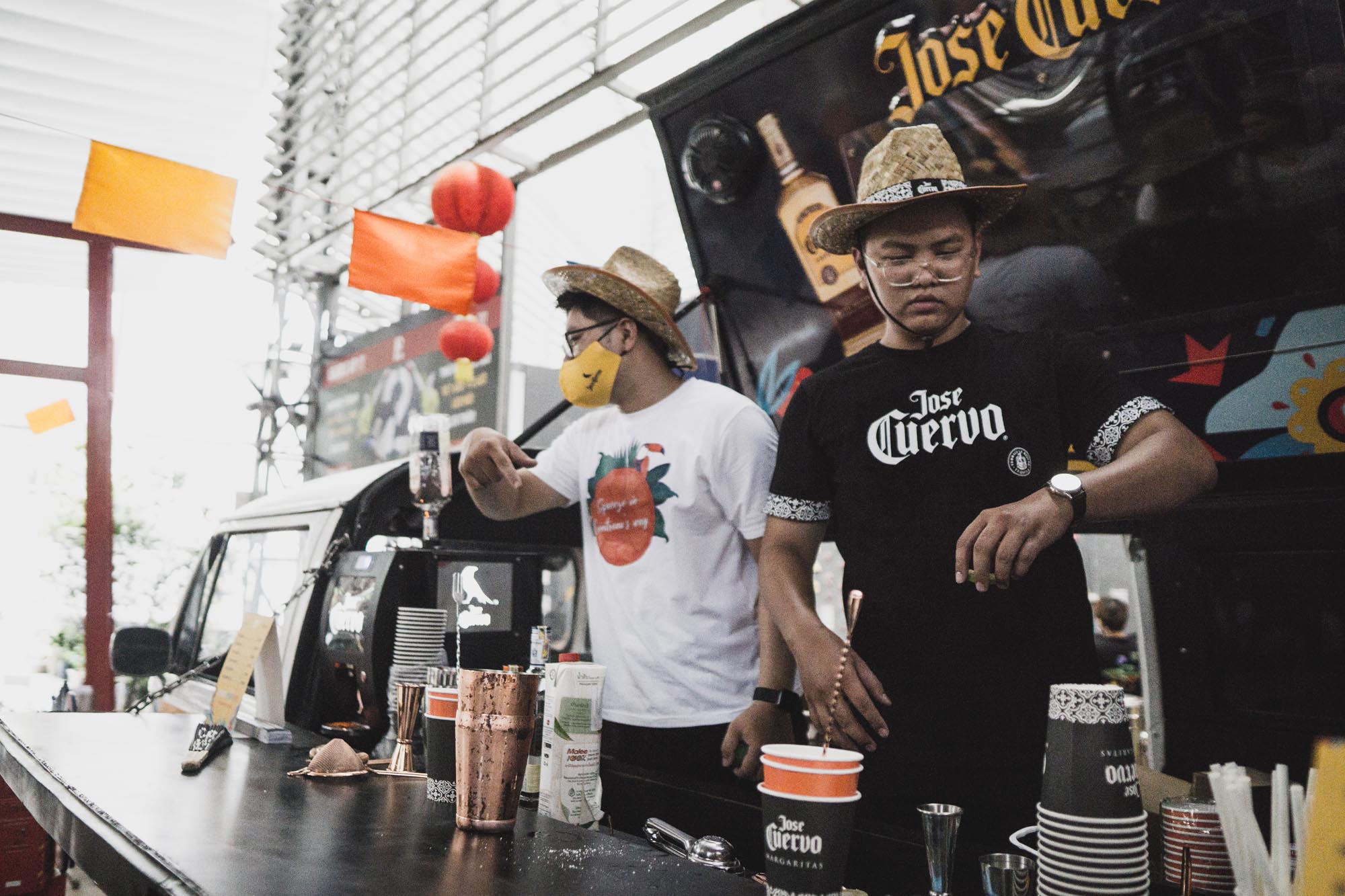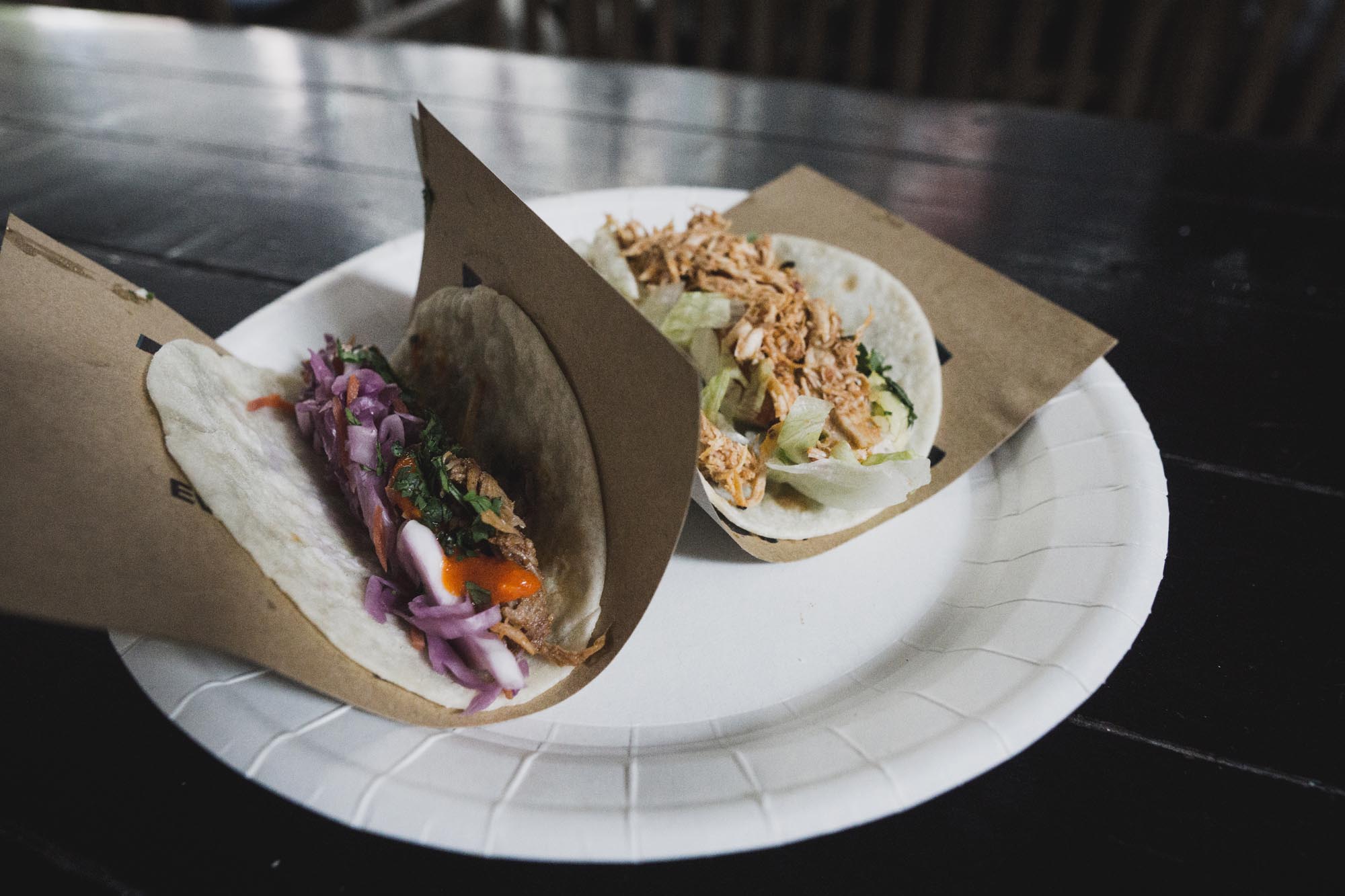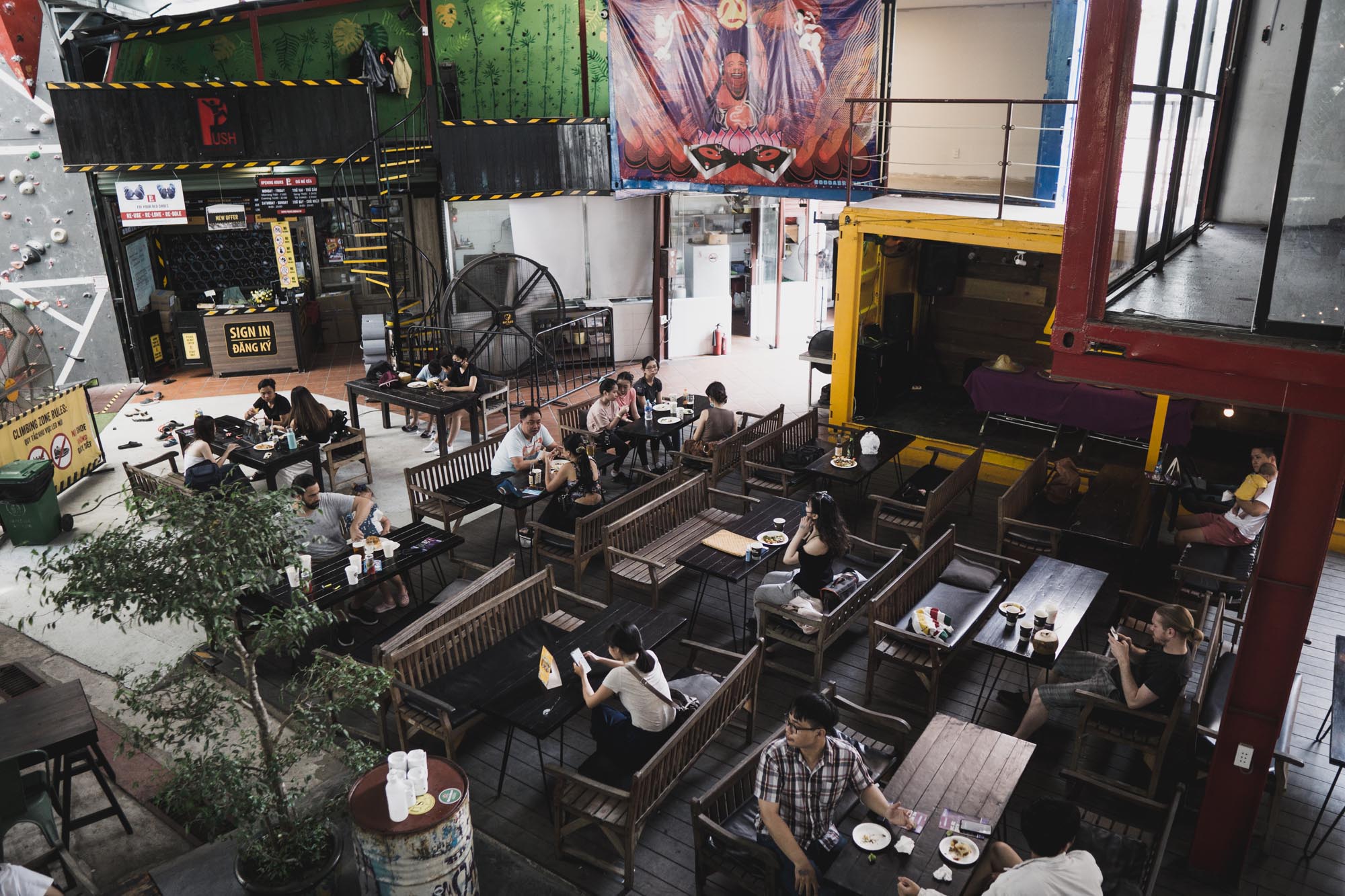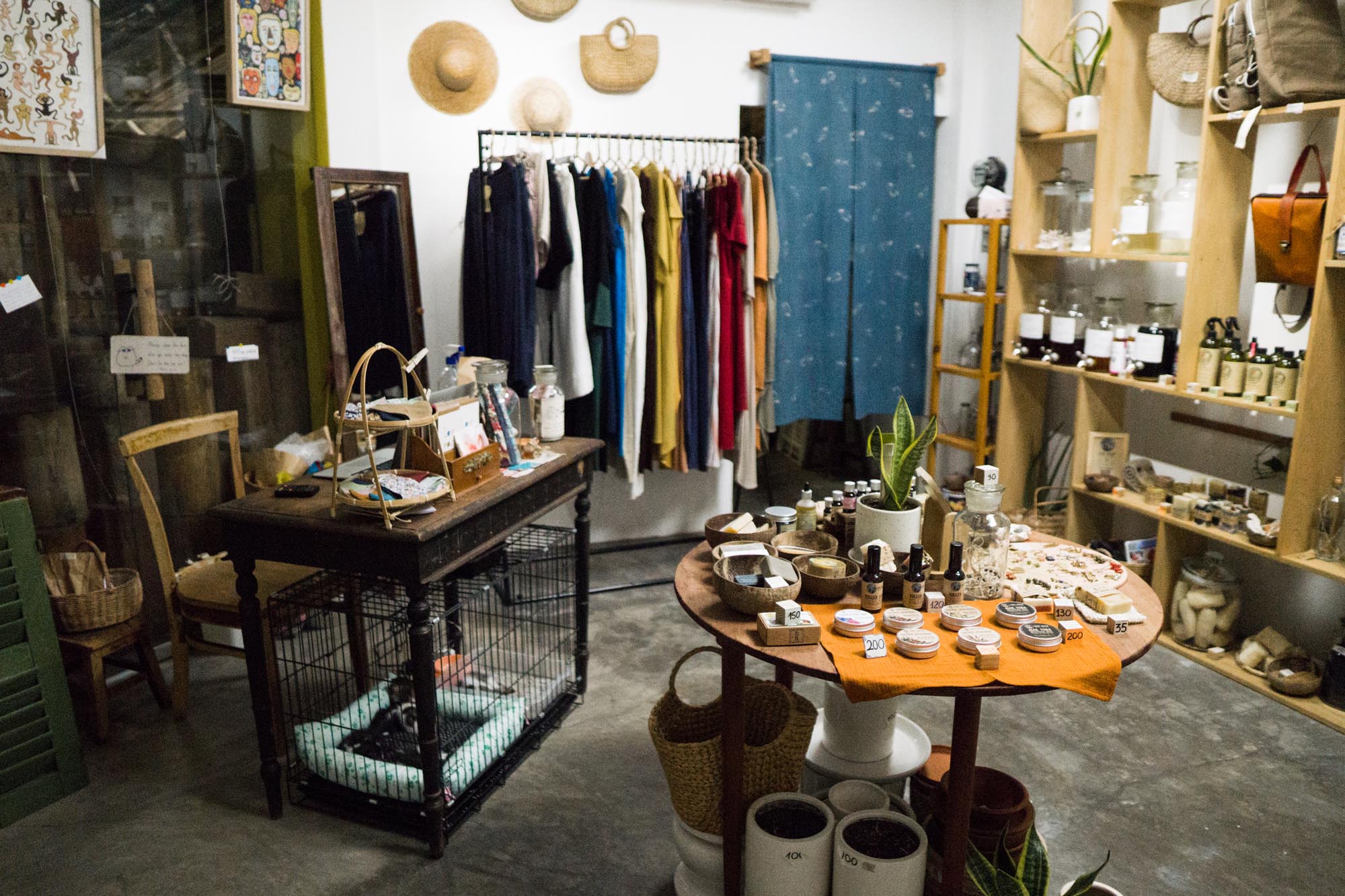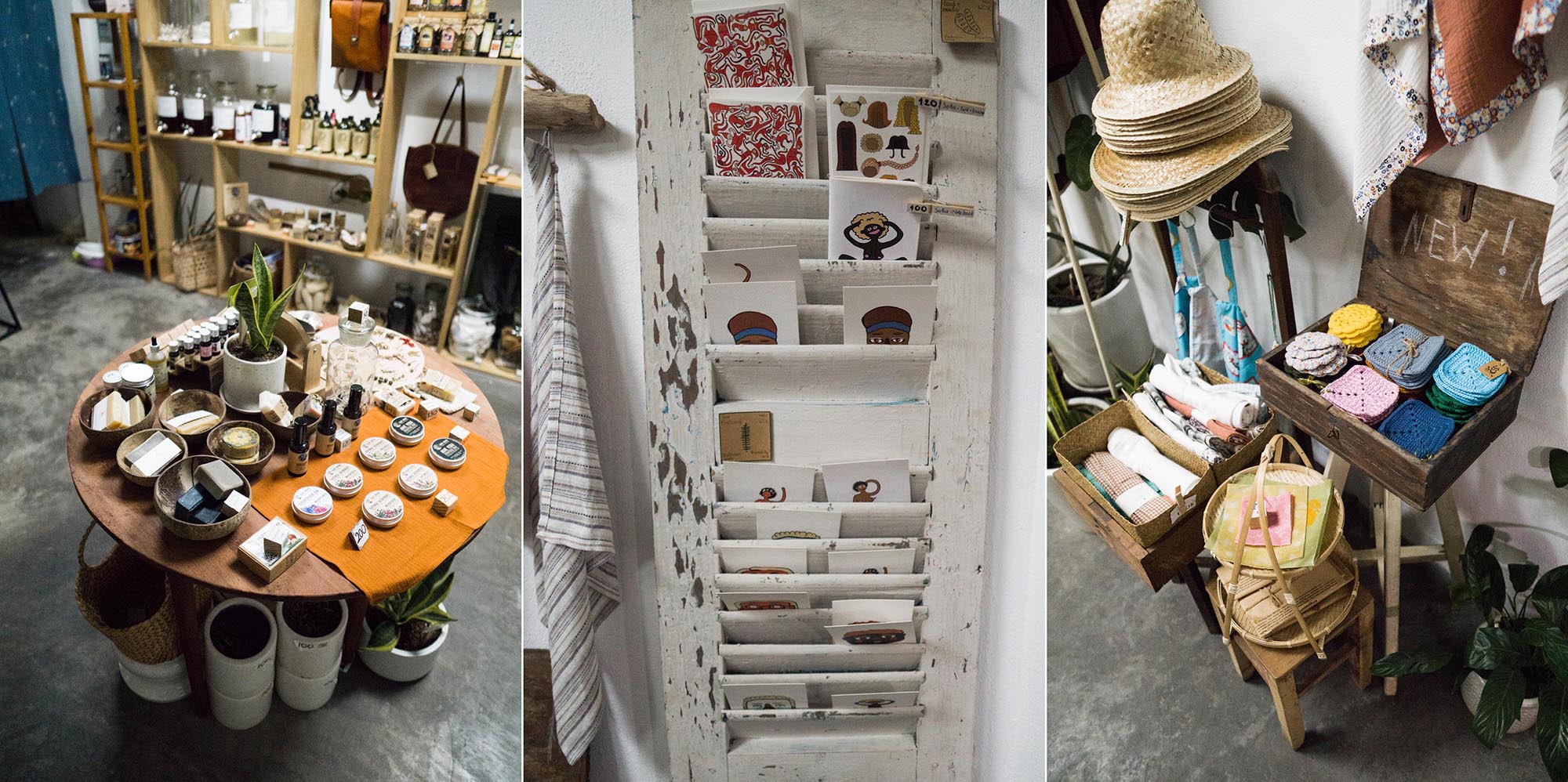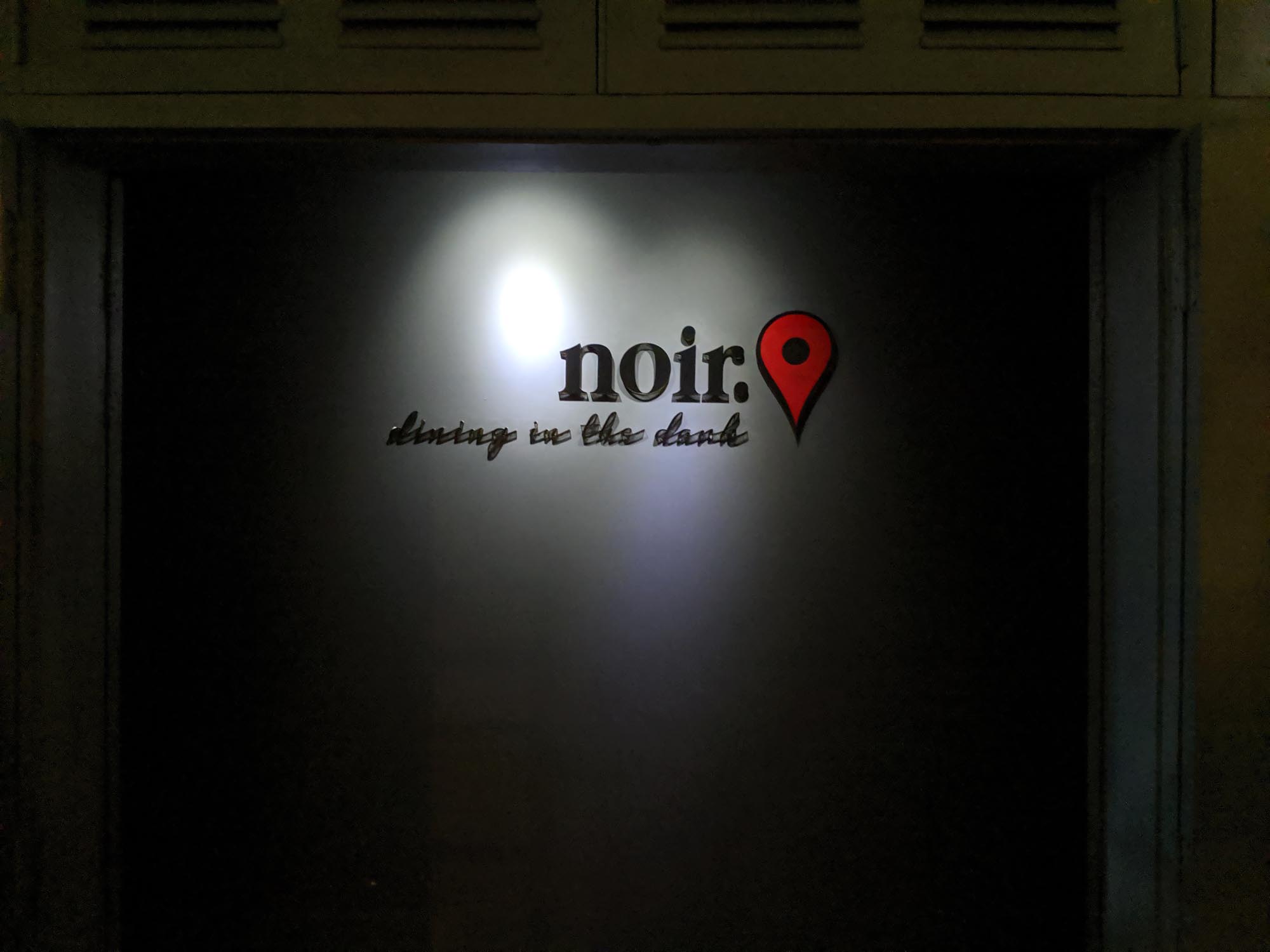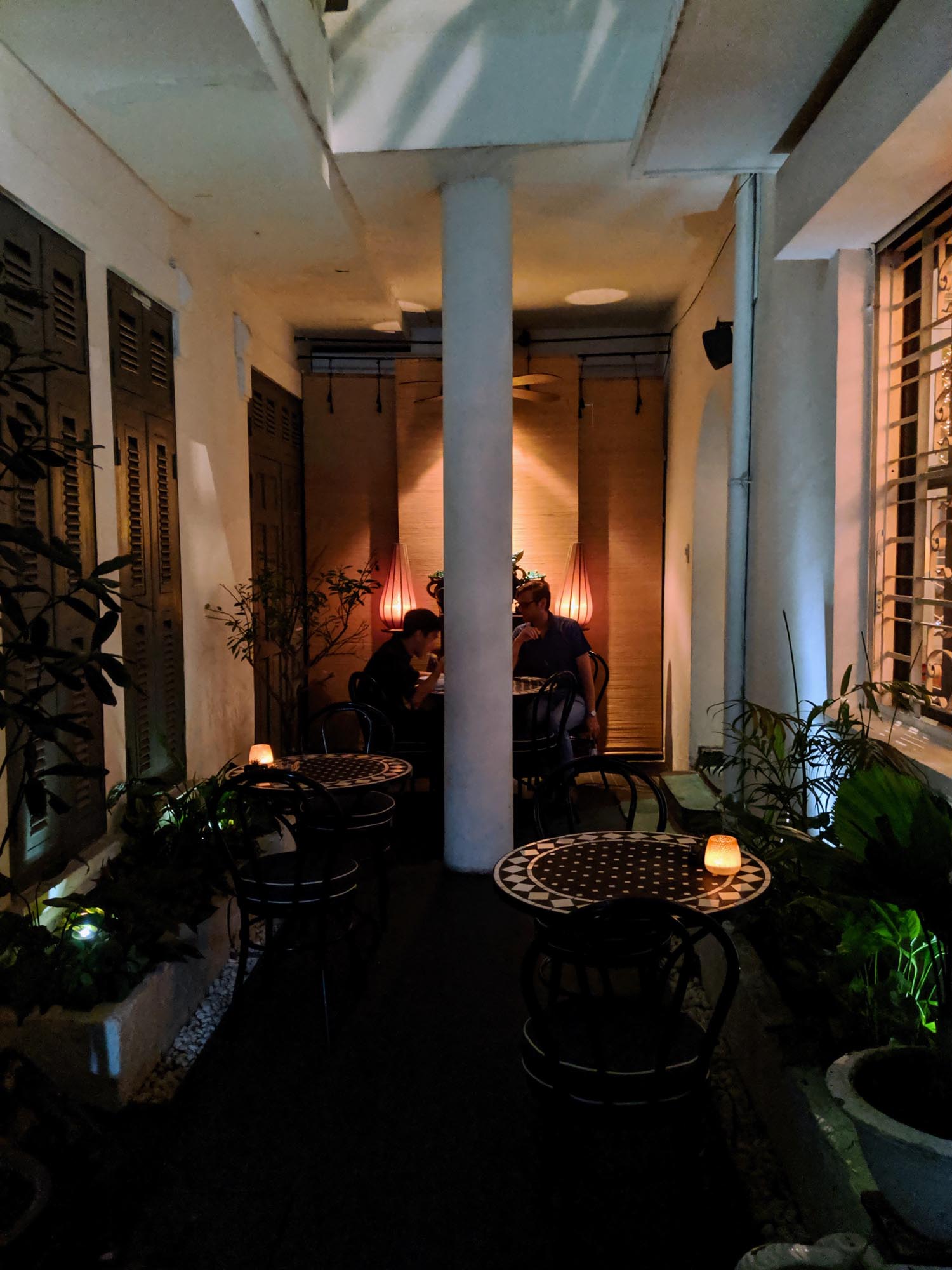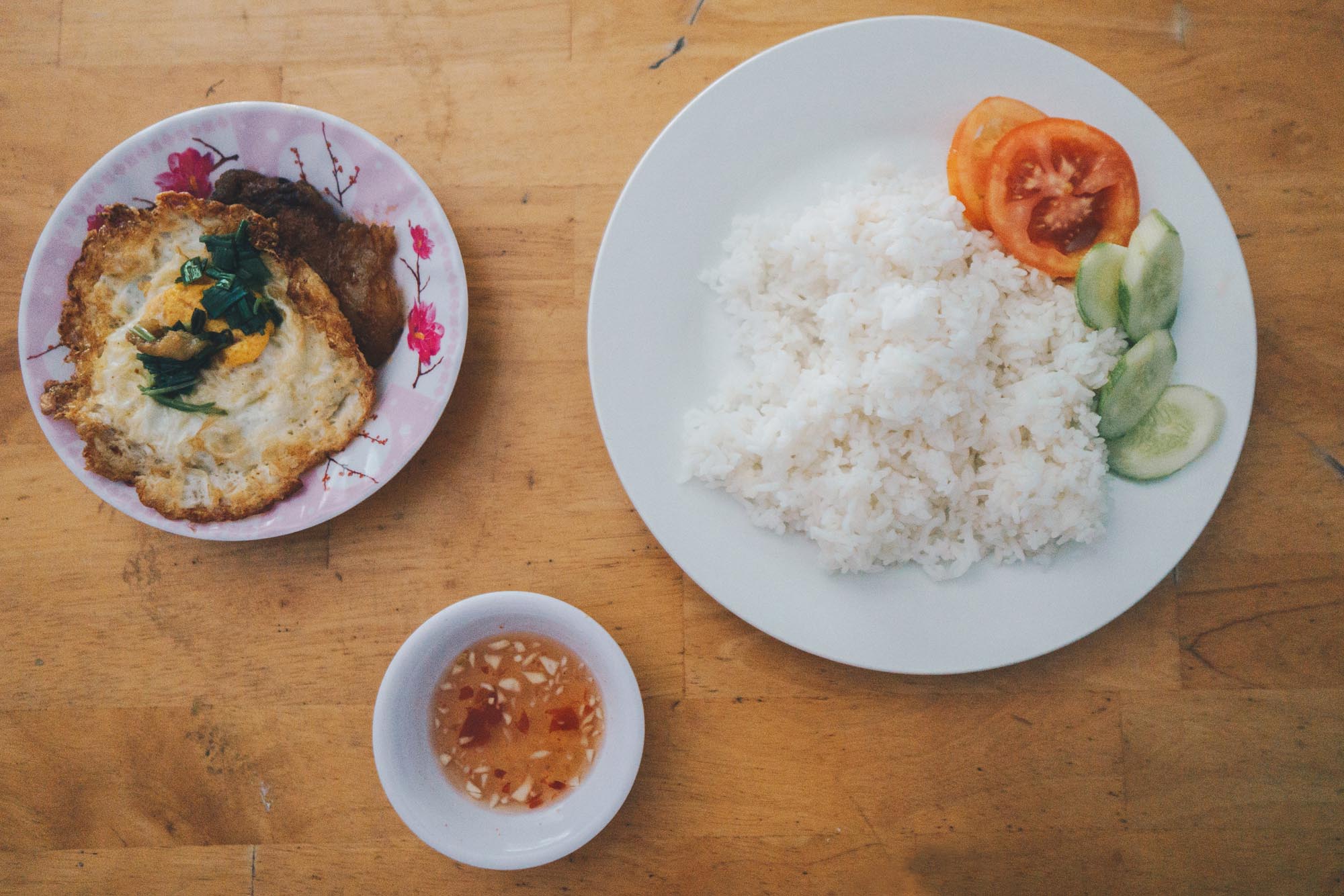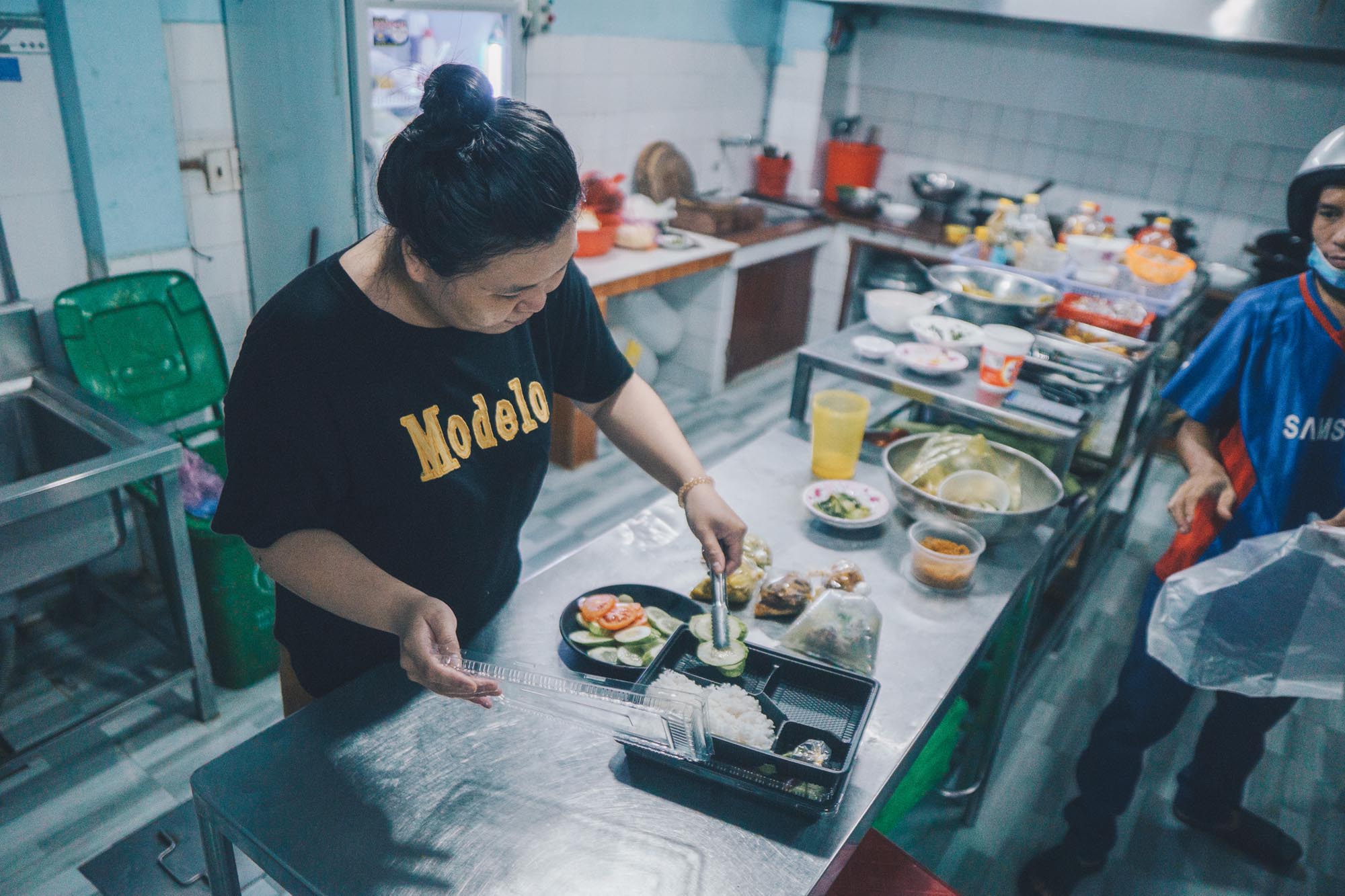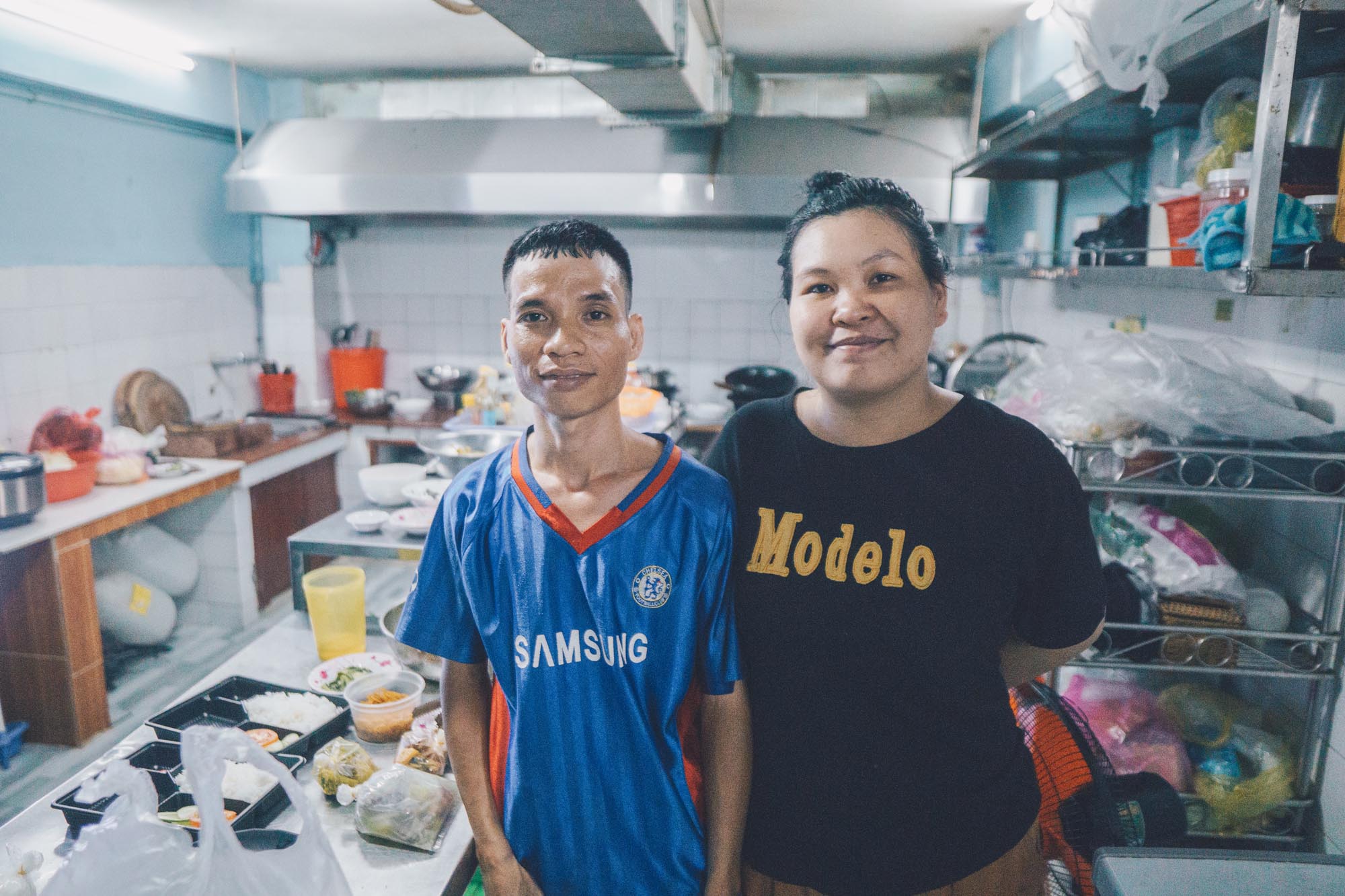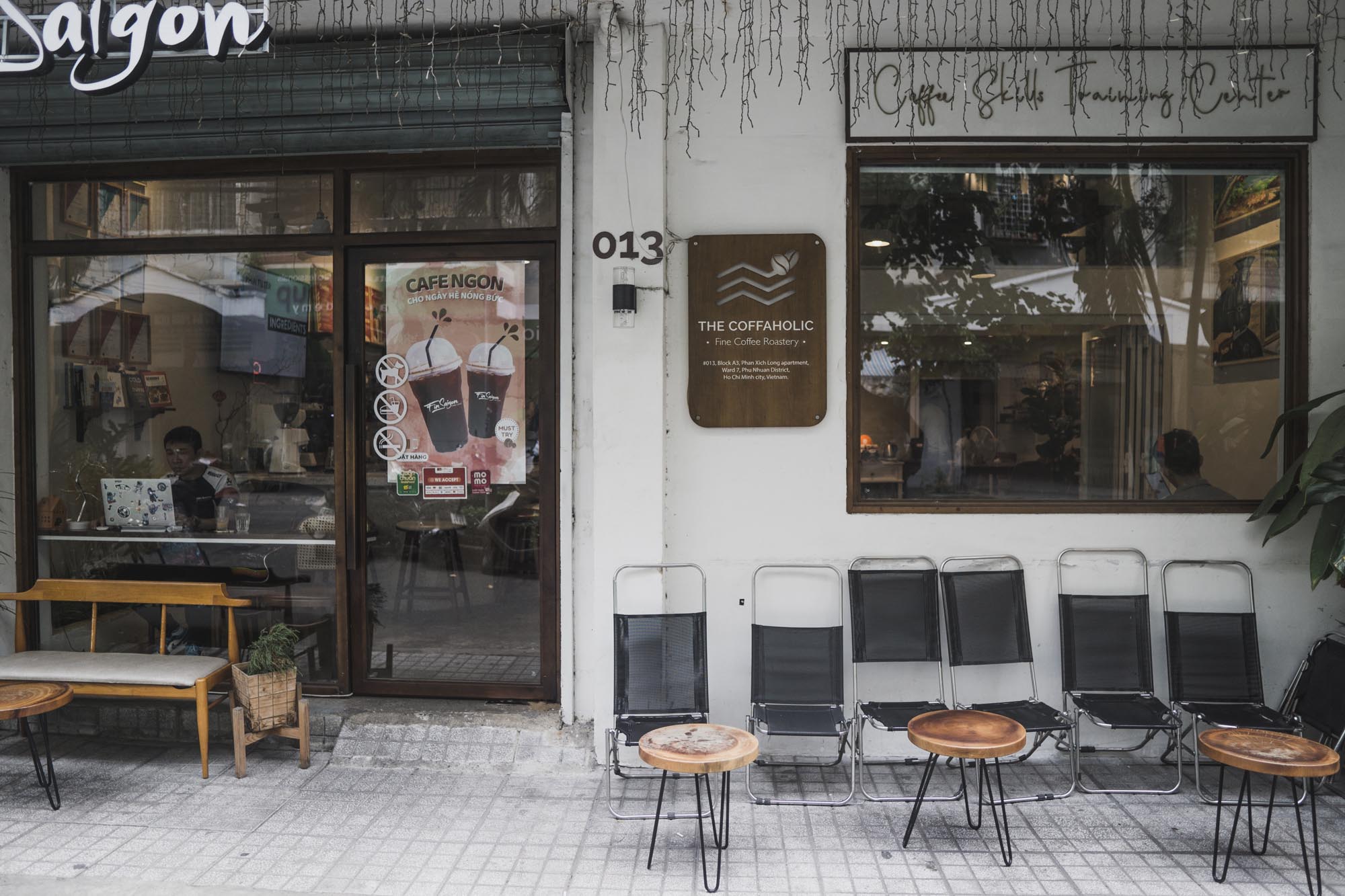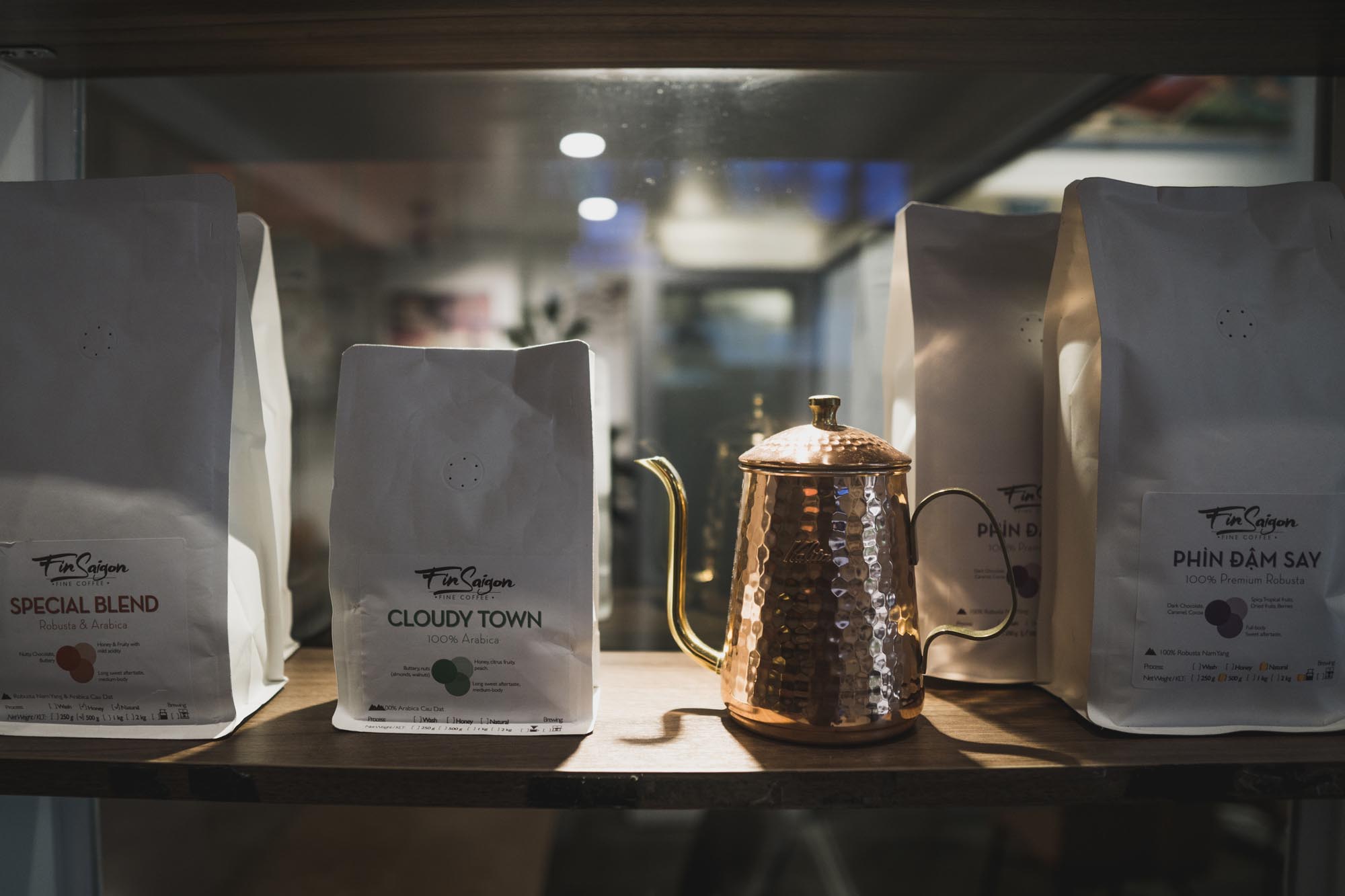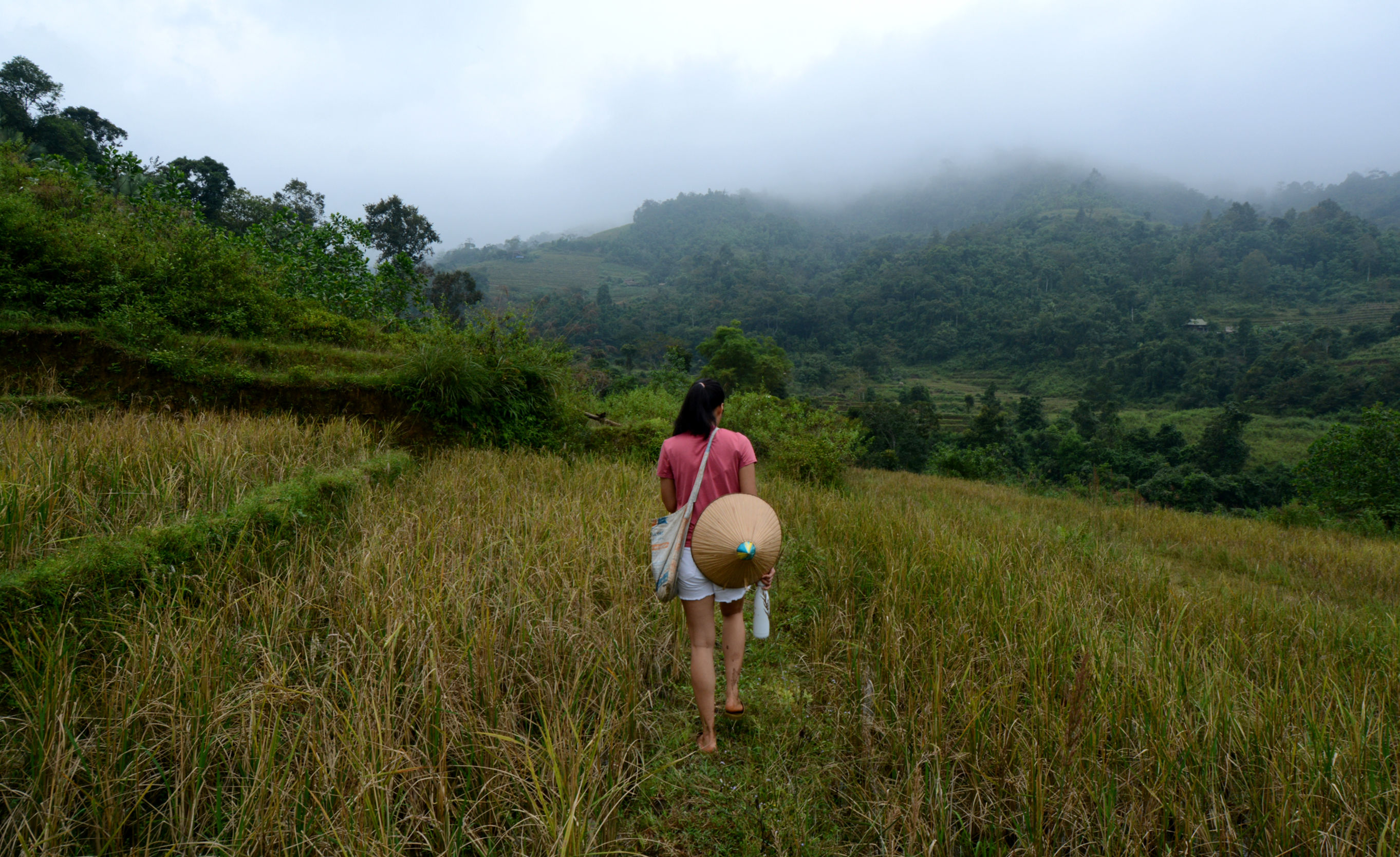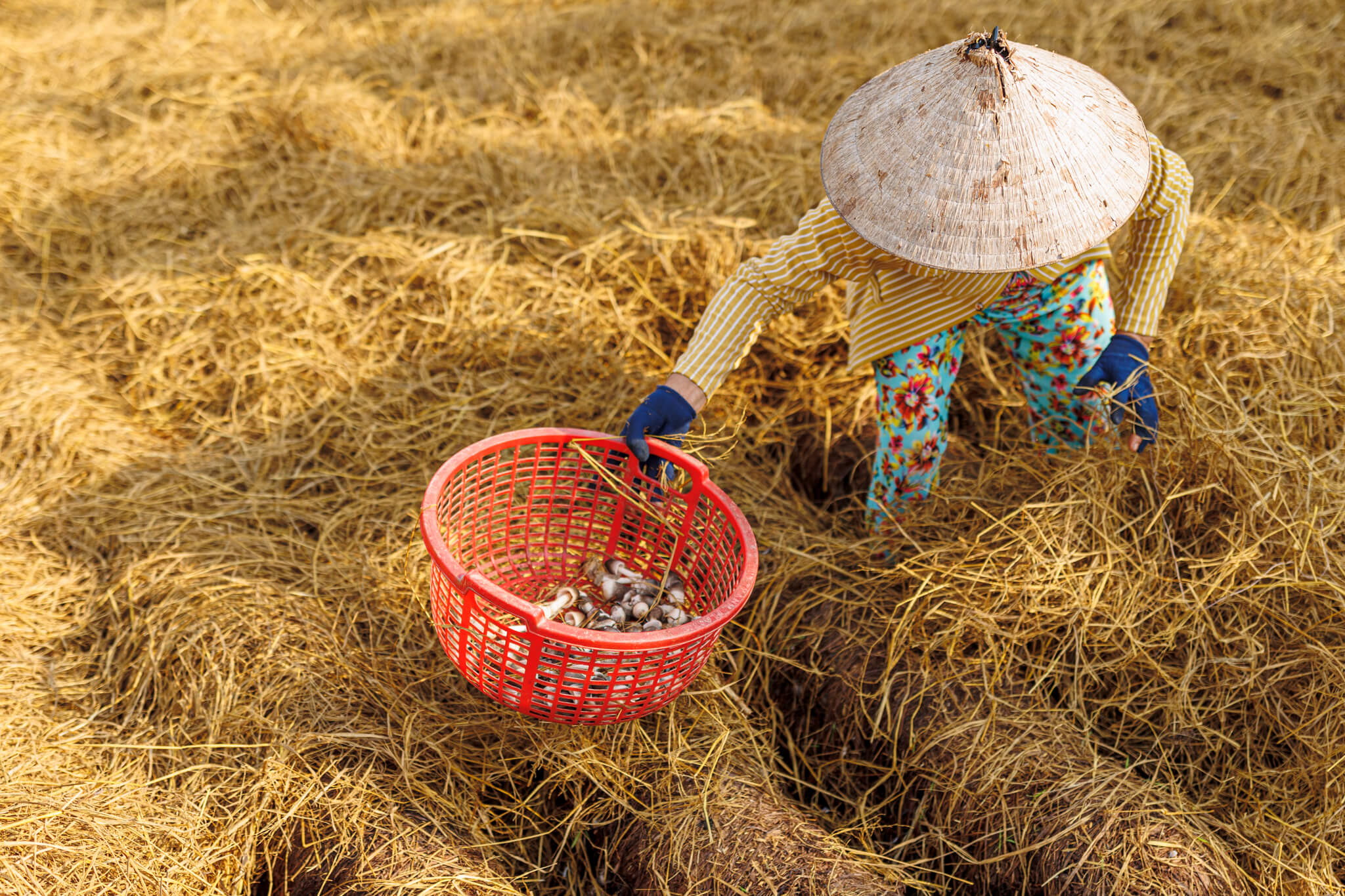Ho Chi Minh City (HCMC), locally referred to by its old name Saigon, is one of Asia’s most fascinating cities. Home to about 9 million people, the bustling metropolis in Vietnam’s south is a colourful juxtaposition of old and new with east and west.
A Weekend of Good in Ho Chi Minh City
DON’T MISS
Friday |
Blanc. Restaurant Saigon, Fito Museum of Traditional Vietnamese Medicine |
Saturday |
Cat Tien National Park (Vườn Quốc Gia Cát Tiên), Saigon Outcast |
Sunday |
Fin Saigon |
The city’s rich imperial and colonial past can be found in its architecture, ubiquitous street coffee culture and hole-in-the-wall eateries serving up some of the most delicious and affordable local and international cuisine in the region
But Saigon is more than its colourful past. Rapid development has brought with it skyscrapers, modernised public transport — rent a public bicycle, take the water bus or even hop on the upcoming metro line — and a lively arts and events scene.
Friday —Explore the old and new
1pm - Start at the centre
Set out for District 1 (D1), the city centre and default starting point for most travellers to Saigon. If you’d like to base yourself here, look out for Caravelle Saigon, a city icon. Built in 1959, it was one of the country’s icons of modernity, and it is currently only one of two EarthCheck-certified hotels in the whole country.
D1 is home to many of the city’s colonial-era monuments, including the Saigon Post Office and Notre Dame Cathedral. Both are located within walking distance from each other, and a stone’s throw away from shopping malls, streetside coffee shops, and markets selling assorted goods in all colours and tastes — a contrast of old and new that will be a recurring theme throughout your trip.
If you are feeling energised, it’s possible to cover most of D1 within a day with TNGO’s Public Bicycle System app, allowing you to seamlessly navigate the city’s many alleys – some hidden – exhaust-free.
Some of Saigon’s more iconic restaurants and cafes can be found in D1, alongside popular family establishments and street vendors. If you’re not ready to take the plunge into Vietnamese street cuisine, head to Blanc. Restaurant for lunch.
The restaurant serves a fusion of cuisines in a modern setting — think duck breast served with butternut squash puree, Vietnamese basil, starfruit, bamboo shoots and ginger fish sauce. With a few set menus to choose from, helpful staff are on hand to help you make a decision.
And you may notice the menus come with illustrations featuring Ho Chi Minh City sign language (one of three Vietnamese sign languages) for each dish — which you are encouraged to use instead of speaking. Blanc. Restaurant employs staff who have hearing disabilities. According to the restaurant, about 65 to 70 per cent of deaf and hearing-impaired people in Vietnam are unemployed, and the restaurant was opened to give people with hearing disabilities a chance to earn a living.
3pm - Explore history and tradition
Make your way to District 10 (D10), a short ride away from D1. On your way, notice the colonial buildings and wandering tourists giving way to a vibrant residential district filled with rows of traditional shophouses, juxtaposed with modern malls and office buildings. D10 is one of those districts where the main roads lead to smaller roads that hide alleys that lead to even more alleys, each with their own little secrets.
Nestled along a single-lane road is the Fito Museum of Traditional Vietnamese Medicine. Founded by Dr Le Khac Tam in 2003, the private museum showcases the evolution of Vietnam’s traditional medicine, a part of its heritage that dates back thousands of years. The museum’s architecture reflects the styles of some of the ethnic minority groups in Vietnam like the Chams, including a Champa temple on the fifth floor. You can also find original traditional instruments and other prehistoric artefacts, including some from the Stone Age.
6pm - Enjoy an evening of fusion
For dinner, head back to D1 and make for Organik Kitchen Saigon. In true east-meets-west style, your first dinner in Saigon could be a falafel pita sandwich, a bacon salad, or even an Italian margherita pizza, all under USD$6-$7. Besides their plant-based offerings, what’s even more memorable about this vegan establishment is the revolving door of live music performances, stand-up comedy shows, art exhibitions and charity fundraisers within its premises, which it shares with Indika Saigon, an indie bar and events space. Enjoy a house made tropical rum punch as you soak in your first night in Saigon.
Saturday — The city within a city
7am - Venture to the wild side
Ready for a break from the chaotic energy of Saigon?
Dong Nai Province, home to Cat Tien National Park (Vườn Quốc Gia Cát Tiên), is an ideal escape into nature. The national park is about 150km from Saigon’s D1, a five-hour bus ride away.
At 738sqkm, Cat Tien National Park is about the size of Singapore, and home to Ta Lai village where the Ma, Tay and Stieng ethnic communities live. Primates like the native golden-cheeked gibbon and pygmy slow loris, as well as sun bears and leopard cats, including a thousand species of birds, can also be found at the national park. Endangered creatures like Asian elephants, Sunda pangolins and the Siamese crocodile can also be spotted.
In the park, you can visit the Cat Tien Bear and Wildlife Rescue Station, Bau Sau Crocodile Lake or go on an Animal Night Safari. Better yet, consider an overnight stay at Ta Lai Longhouse, an initiative by the World Wide Fund for Nature (WWF) to support the Ta Lai communities by developing their capacities to guide travellers on ecotourism activities like trekking, kayaking and fishing.
These opportunities enable communities to improve their livelihoods and better access essentials like education. Thirty per cent of the bill from your stay is donated to their community development fund which provides job opportunities and supports community projects.
11am - Visit the future
If you prefer to stay in Saigon, check out Thu Duc City; in 2020, Districts 2 and 9 in Saigon were merged to form Thu Duc, effectively a new city in a city.
An up-and-coming major economic zone and technology hub in Vietnam, Thu Duc can be reached via the futuristic-looking Thu Thiem 2 bridge. Its glass-walled skyscrapers, al fresco dining establishments serving international cuisine and high-end serviced apartments are a world away from the colonial buildings and shophouses of Saigon. You may even spot a few metro stations — the city’s first metro line, which runs through Thu Duc, is set to open in 2023.
Saigon Outcast, located just on the edge of the expat enclave of Thao Dien, is an excellent hideout from the concrete modernity of Thu Duc. An authentic and welcoming ambience awaits those seeking a touch of bohemianism with a dash of adventure with a rock-climbing wall greeting you near the entrance. At this alternative events space, don’t miss the Thao Dien Flea Market on Saturdays with pop-up stores by local artists, artisans, and microbusinesses selling their crafts and products. These include colourful cookies from the Little Rose Bakery, an initiative by the Ho Chi Minh City Child Welfare Association to protect and empower underprivileged girls at The Little Rose Warm Shelter.
2pm - Shop social
A short walk away and you’ll see The Factory, a centre for contemporary arts with a facade made from parts of shipping containers. Opened in 2016 by Vietnamese artist Tia-Thuy Nguyen, The Factory is a social enterprise with workshops, live arts, talks, film screenings, and other initiatives to connect and develop cross-cultural dialogue. The profits from the sale of artworks or products are mainly used to fund the running costs of these programmes.If you’re ready for some shopping, head to boutiques in Thao Dien like Purr Nature where you can find eco-friendly products made by local artisans. These range from handmade face masks to organic honey, and all proceeds go towards operating the Purr Shelter, a home for orphaned and abandoned kittens. You can also look for The Organik House nearby if you’re searching for alternatives to everyday plastic items.
7pm - Dine in the dark
Make your way back to D1, where the (by now) familiar scents of suon nuong (grilled pork ribs) and nuoc mam (fish sauce) wafting around the streets will remind you that it’s almost time for dinner.
Eating local is part of any quintessential travel experience, but go a step further with Noir. Dining in the Dark, where you dine in darkness to experience the world the way a person with visual disabilities does.
Run by the same organisation behind Blanc. Restaurant, Noir. Dining in the Dark works closely with the Blind Association Centre in HCMC and other partner organisations supporting people with visual disabilities, providing employment to this community.
The menu, which is also available in braille, comes in three categories: From the East, From the West, and Vegetarian. They all comprise a starter, a main course, and dessert. Through it all, you will be assisted by a food guide, to whom you can explain your dietary restrictions and food preferences, for a custom menu, and a one of a kind sensory experience.
Sunday — Cooling down
10am - Breakfast that gives back
Start your Sunday with breakfast at the Green Bamboo Kitchen, also run by the Ho Chi Minh City Child Welfare Association.
The Green Bamboo was founded in 1993 as a beacon of hope for hundreds of homeless boys in the city by providing them with opportunities and support to lead them toward a stable life. By rehabilitating the boys’ mental and physical health to reintegrate them into society, they have been able to pursue education and even employment opportunities.
The dishes are typically Vietnamese home-cooked meals within the USD$1-$2 price range. According to head chef Ms Thu, the kitchen’s operations took a hit during the COVID-19 pandemic, and they switched to a delivery-only model. However, she aims to resume dining in by the end of 2022.
1pm - Enjoy the city’s rich cafe culture
The city is notorious for its unforgiving heat during the dry season from March to May but luckily, there are many ways to keep yourself hydrated. From streetside sinh to (smoothies) carts, to a vast array of coffeeshops dishing out glasses of ca phe da (Vietnamese iced coffee) and even free water dispensers along the streets – you’ll never go thirsty in Saigon.
Enjoy a scenic 15-20 minute ride down Hoang Sa street, which flanks the Nhieu Loc-Thi Nghe canal, before crossing the bridge towards Phu Nhuan District, another vibrant district popular with young locals due to its numerous secret cafes and juice bars dotting the main commercial street, Phan Xich Long. One such cafe is Fin Saigon, a Vietnamese boutique coffee brand using Robusta beans grown sustainably by farming communities across the country, including the renowned coffee and tea producing regions of Lam Dong and Gia Lai in the central highlands.
Fin Saigon is located on the ground floor of an apartment building and it is the perfect place to find the ultimate souvenir from Vietnam: grab some locally-grown Robusta coffee beans and a filter, and make your own ca phe phin (traditional Vietnamese filtered coffee) when you’re home, dreaming of your next trip back.
